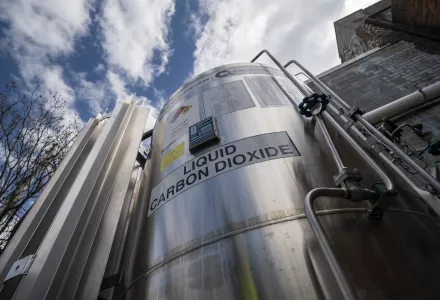
Abstract
This perspective aims to enhance understanding of industrial decarbonization strategies (e.g., carbon capture, utilization, and storage [CCUS] and hydrogen) at industrial hubs. We provide a comparative analysis of policy landscapes for the three different net-zero industrial hub projects and conclude by proposing considerations for designing green industrial policies for other regions that need deep decarbonization for their ‘hard-to-abate’ sectors.
Our case studies highlight the importance of carbon pricing mechanisms to crowd in private investments, thus providing strong signals for structural change to different stakeholders across the value chain. As industrial decarbonization, however, faces unique challenges due to its complex value chain and the need for supportive infrastructure, such as CO2 transport and storage, government support for the infrastructure is essential to complement the private sector's efforts in the early stages. Over time, increasing carbon prices and phasing out free allowances can further incentivize the deployment of CCUS and hydrogen in the industry sector. For countries where raising carbon prices is politically difficult, policies designed to smooth the transition, such as carbon contracts for difference, offer a viable alternative. A well-designed mix of demand-pull and supply-push policy instruments is therefore crucial for achieving industrial decarbonization, taking into account each country's existing domestic assets, financial capacity, and geography (i.e., carbon storage capacity).
Oh, Soyoung and Mohammed Al-Juaied. “Decarbonizing Industrial Hubs and Clusters: Towards an Integrated Framework of Green Industrial Policies.” Energy Research & Social Science, October 10, 2024
The full text of this publication is available via Energy Research & Social Science.







